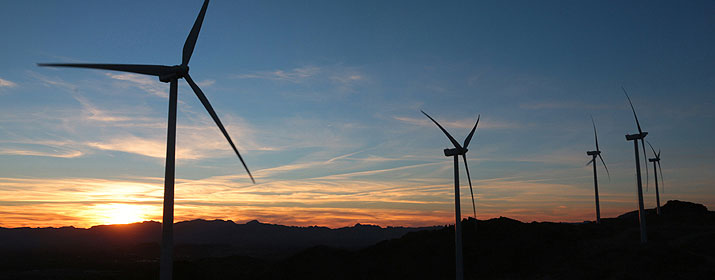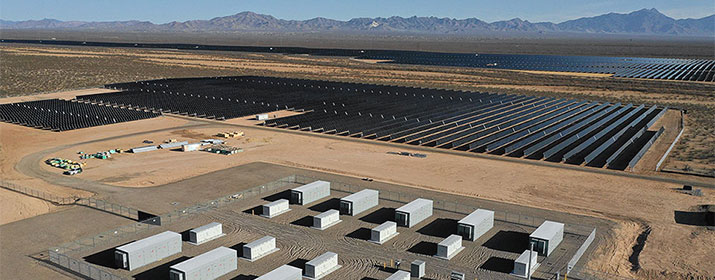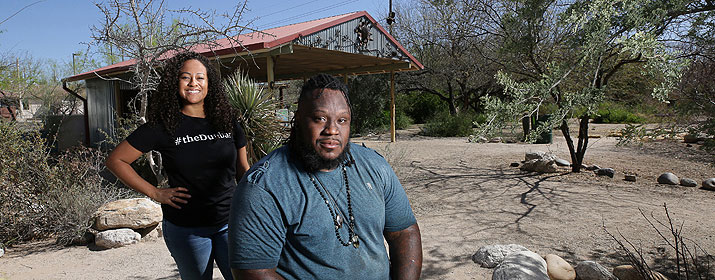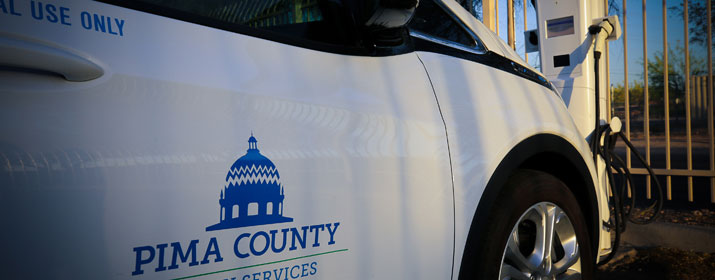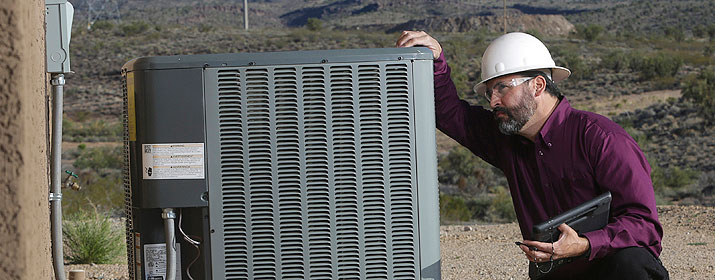
Managing your home’s carbon footprint can make a real difference. Our homes account for 21 percent of energy consumption in the United States, so shifting or reducing your home energy use can make a meaningful impact on the environment.
For our part, we’re making our grid cleaner and greener, as fast as we can. We plan to reduce our carbon emissions 80 percent by 2035 by providing 70 percent of our power from wind and solar resources. We jump started these plans by more than doubling our clean energy capacity in 2021, allowing us to provide about 30 percent of our power from renewable resources.
Your home’s carbon footprint is already shrinking because we’re changing the way we make energy. But you can expand that impact by changing the way you use it. Through more efficient energy use, you can reduce your reliance on fossil fuels and help accelerate our transition to a cleaner energy future.
Here are five changes you can make now to be part of the solution:
Use energy when it’s sunny. Many people don’t realize that electricity is a real-time product; it must be generated at the exact moment you use it. This means that, for the most part, we only have solar energy on our grid when the sun is shining on our local photovoltaic arrays. We have the most in the middle of the day, when the sun is directly overhead.
So if you want to use more solar power, schedule your higher-energy household chores during the daytime. Do the dishes, wash clothes, precool your home and roast your meals in the afternoon before 3 p.m., if possible, when the demands on our energy grid start to build.
This shift can even save you money if you’re using one of our Time of Use pricing plans, which provide lower cost energy during sunny daylight hours as well as overnight.
We are working to expand our energy storage resources, and someday we’ll have enough to make clean power available around the clock. Until then, you can reduce your carbon footprint by using clean energy when it’s available.
Capitalize on breezy evenings. Our wind turbines typically produce more power during evening hours. So if you shift your power usage by operating your washing machines, clothes dryers, dishwashers and other large appliances overnight, you’re likely using more power from our wind resources. That means customers on Time of Use pricing plans can take advantage of wind resources, too. Learn more about wind power here.
Reduce your overall energy use. Improving your home’s overall efficiency will help you save money while reducing your carbon footprint. Even small adjustments can add up to big changes. Swap out your old incandescent bulbs, look for energy-efficient ENERGY STAR appliances when it’s time to replace your old ones and consider smart tools that help you better manage your use, from smart thermostats to smart power strips that help you turn off standby power on electronic devices. Visit our website for more tips and check out our rebate programs for energy-saving products and services.
Switch to paperless billing. Converting to electronic billing saves trees, which absorb carbon dioxide. Think about how many reams of paper go into the bills you receive each year, from TEP and other service providers. By signing up for e-bill, you can join other TEP customers who are making green choices by saving more than 1 million pages per year with paperless statements. It’s free, convenient and secure – and an efficient way to save time and simplify your life.
Consider an electric vehicle. Transportation generates more greenhouse gases than any other sector of our economy, according to the Environmental Protection Agency. Every time we climb into our vehicles for our daily commutes and chores, we’re burning fossil fuels and contributing to greenhouse gas emissions. Electric vehicles have zero tailpipe emissions, contributing to cleaner air. They also typically have lower fuel and maintenance costs for users. Visit our website for a comparison tool that can help you determine if an EV is a good fit for your household, and learn more about how we’re supporting the transition to electrified transportation.

